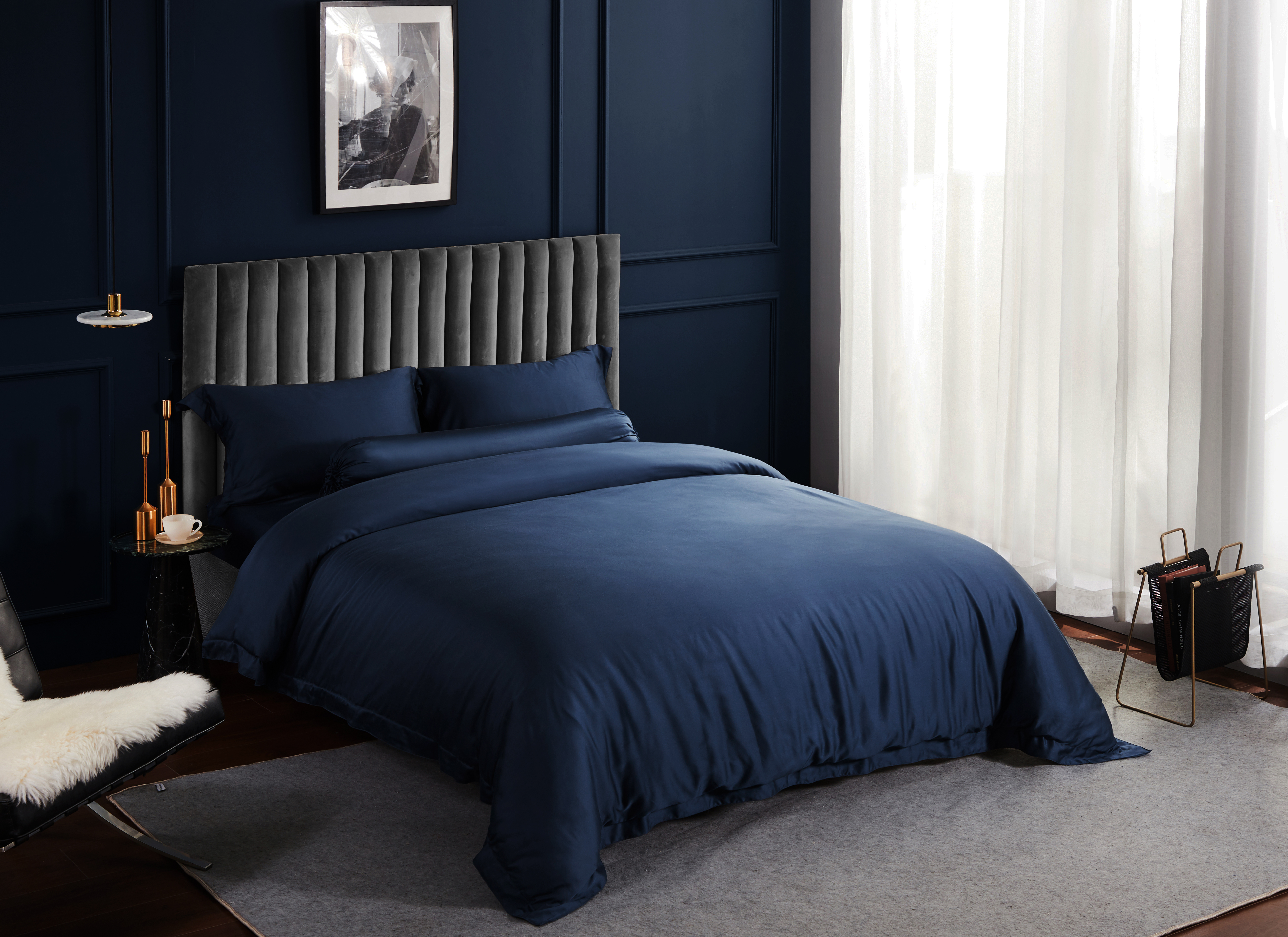
Lyocell vs Polyamide and Polyester for Bedsheets
Choosing the right bedsheets can be a daunting task. With all of the different options on the market, it's hard to know which material is right for you. Do you want something soft and luxurious, or something that will be durable and easy to care for?
Lyocell, polyamide and polyester are popular options for bedsheets. The materials have their own unique benefits that make them ideal for different types of Malaysia's sleepers. So, which one is right for you? Read on to find out the difference between lyocell, polyamide and polyester bedsheets!
What is better lyocell, polyamide or polyester?
1. The benefits of lyocell vs polyamide and polyester
Polyester is not as breathable as Lyocell and it provides low moisture absorption. Lyocell is more delicate than polyester and therefore it requires specific care of the garment or product (for example, it can only be washed with cold water). Polyester, on the contrary, doesn't have any requirements and it's actually more stretchy than Lyocell.
Polyamide fabric is often used in activewear and swimwear because it's waterproof and quick-drying, unlike natural fibers such as cotton or lyocell. It can also be dyed easily in brilliant colors. Polyamide fabric isn't resistant to sunlight or UV degradation. You’ll find polyamide and polyester fabrics used to make sportswear and other types of clothing.
2. How lyocell, polyamide and polyester are made and the environmental impact it has
Polyester and polyamide are both synthetic fabrics that are made from the same types of materials. They are both textiles that are essentially made from plastic, which means it's hardly biodegradable as Lyocell, which is made of wood cellulose.
Lyocell is a manmade fiber derived from cellulose, better known in the United States under the brand name TENCEL™. It is an extremely strong fabric with industrial uses such as in automotive filters, ropes, abrasive materials, bandages and protective suiting material. It is primarily found in the garment industry, particularly in clothing and bedsheets.
TENCEL™ lyocell is better for the environment than other similar fabrics, but not as sustainable as top-tier fabrics like organic linen or recycled cotton. In production, TENCEL™ requires less energy and water than conventional cotton.
3. The cost difference between lyocell sheets, polyamide and polyester sheets
The technology used in the processing of lyocell fabric makes it more expensive for consumers. This is because it costs more to produce this material compared to other textiles like polyester, and the cost is ultimately transferred to buyers.
The synthetic nature of polyester makes it a less expensive option. The process of manufacturing polyester fabric is quite cheap and it is very common to find polyester fabric in products like sportswear, and they are usually quite inexpensive.
However, polyamide does cost a little more than polyester since it is softer and more flexible.
Palais Suite TENCEL™ Empress Blue Fitted Sheet Set - 100% Lyocell Fibre
4. Which type of sheet is best for you - lyocell, polyamide, or polyester
If you want a cool and comfortable sleep experience, Lyocell is probably the better choice. However, if you’re looking for sheets that are durable and don’t really need to be ironed, then polyamide and polyester may be better options for you. Also if you’re working on a tight budget, polyester and polyester bed sheets usually priced much lower than lyocell sheets.
Both Polyamide and Polyester synthetic fibres are very durable and abrasion-resistant and are designed to absorb but not retain moisture and thus are good for moisture transport to move moisture away from the body.
Holy Sheets™ Clay Fitted Sheet Set - Made with 50% Polyamide Fiber/50% Polyester
So, which is the best bed sheets for you? Ultimately, it depends on your preferences and needs. Whichever type of fabric you choose, make sure to find high-quality sheets that will last long and keep you cozy through many nights of rest.



